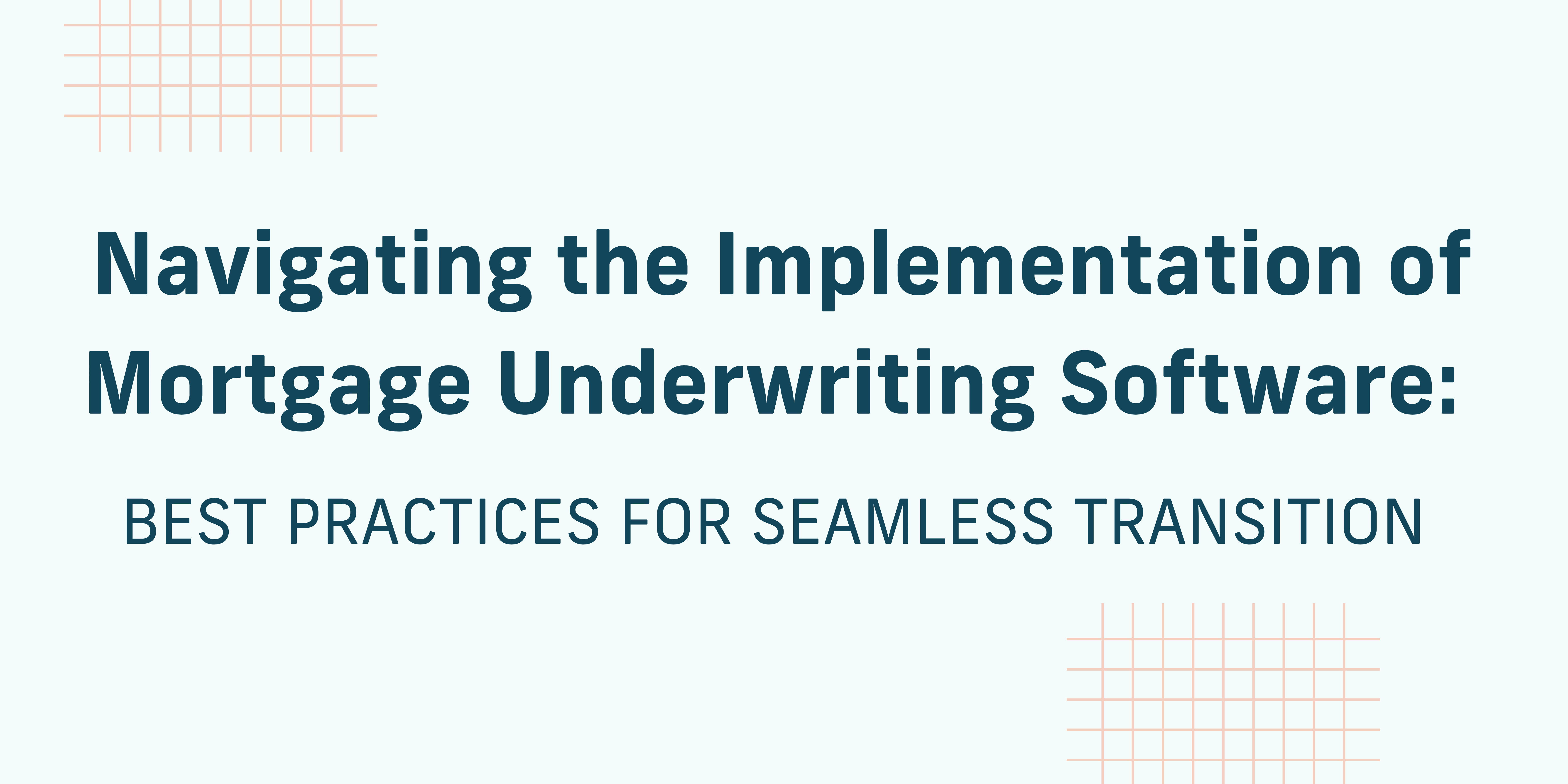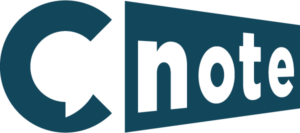Navigating the Implementation of Mortgage Underwriting Software:
Best Practices for Seamless Transition
Implementing new mortgage underwriting software can be a daunting task for lenders. It requires careful planning and execution to ensure a seamless transition that does not disrupt daily operations. However, by following some best practices, lenders can successfully adopt or upgrade their underwriting systems, thereby enhancing their operational efficiency and service quality.
Project Planning and Management
Successful implementation begins with comprehensive project planning. Lenders should establish a clear project roadmap, outlining key milestones, deliverables, and timelines. This requires assembling a dedicated project team comprised of members from across the organization, including IT, underwriting, and senior management. Effective project management ensures that the implementation stays on track and within budget, mitigating potential risks that might arise during the process.
Training Staff
One of the critical factors for a smooth transition is ensuring that staff are adequately trained on the new software. This includes not only underwriters but also sales, support, and any other departments that will interact with the system. Training should be tailored to the specific roles and needs of different users, ensuring that they are confident in their ability to use the new system effectively. A phased training approach, starting with core users and gradually expanding to include all relevant staff, can facilitate a smoother transition.
Data Migration
Moving existing data into the new underwriting software is another key aspect of the implementation process. This requires a detailed data migration plan that outlines what data needs to be transferred, how it will be cleaned and formatted, and the timeline for migration. Ensuring data integrity during this process is crucial, as inaccuracies can lead to issues down the line. Conducting a series of tests before going live can help identify and rectify potential errors, ensuring a smooth transition to the new system.
Engaging with Software Providers
Engaging closely with the software provider throughout the implementation process is essential. This includes leveraging their expertise for training, data migration, and customization of the software to meet the lender’s specific needs. Regular communication with the provider can help identify and resolve issues promptly, ensuring that the project remains on schedule. Furthermore, software providers can offer valuable insights into best practices learned from other implementations, which can be applied to ensure success.
Conclusion
The transition to a new or upgraded mortgage underwriting software is a complex process that, if managed correctly, can significantly enhance a lender’s operational efficiency and competitive edge. By focusing on thorough project planning, comprehensive staff training, meticulous data migration, and close engagement with software providers, lenders can ensure a smooth implementation process. These best practices not only facilitate a seamless transition but also lay the foundation for realizing the full potential of the new underwriting software.
Discover Mortgage Underwriting Software
Written by: Cheyenne Pauley
1/30/2025
